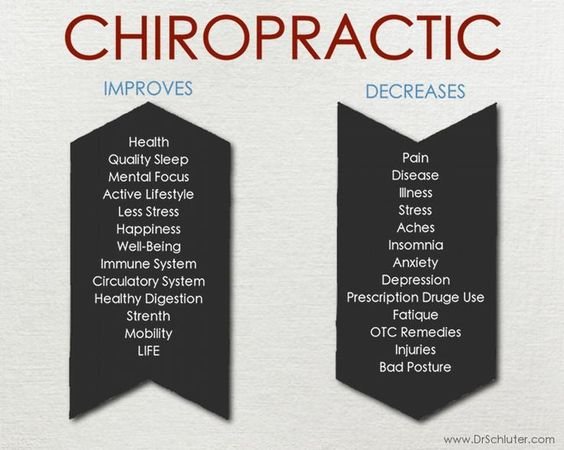The Connection In Between Pose And Neck And Back Pain: Methods For Maintaining Proper Alignment During The Day
The Connection In Between Pose And Neck And Back Pain: Methods For Maintaining Proper Alignment During The Day
Blog Article
Web Content Writer-Conway Ritchie
Keeping proper stance isn't practically sitting up directly; it has to do with aligning your body in a way that supports your back and lowers the danger of pain in the back. The method you rest, stand, and relocate throughout the day can dramatically affect your spine health. Yet how exactly can you guarantee excellent placement continually, even throughout busy days loaded with numerous activities? Let's dive deeper right into the refined yet impactful adjustments you can make to your daily routine to keep your back pleased and healthy and balanced.
Significance of Correct Position
Proper stance is vital in preserving a healthy and balanced back and preventing pain. When you sit or stand with good posture, your back is in placement, reducing pressure on your muscle mass, ligaments, and joints. This positioning enables the body to distribute weight uniformly, preventing excessive stress on particular locations that can bring about pain and discomfort. By maintaining your back properly lined up, you can also enhance your breathing and digestion, as slouching can press body organs and restrict their performance.
Moreover, preserving https://www.self.com/story/whoopi-goldberg-hospitalized-sciatica can enhance your general look and confidence. When you stand tall with your shoulders back and head held high, you radiate confidence and appear even more approachable. Excellent stance can also make you really feel much more stimulated and sharp, as it advertises appropriate blood circulation and enables your muscles to work efficiently.
Incorporating appropriate pose right into your daily routine, whether sitting at a workdesk, strolling, or exercising, is necessary for stopping pain in the back and promoting overall health. Bear in mind, a little change in exactly how you hold on your own can make a substantial difference in exactly how you feel and function throughout the day.
Common Postural Mistakes
When it pertains to keeping excellent posture, lots of people unwittingly make common blunders that can add to back pain and discomfort. Among one of the most prevalent mistakes is slouching or stooping over while resting or standing. This position puts excessive pressure on the spine and can bring about muscle mass inequalities and discomfort over time.
One more usual error is overarching the reduced back, which can flatten the natural curve of the spinal column and create discomfort. Additionally, crossing legs while sitting may feel comfy, but it can develop a discrepancy in the hips and pelvis, resulting in postural concerns.
Making use of a pillow that's also soft or also strong while sleeping can also affect your placement and contribute to pain in the back. Finally, regularly craning your neck to check out screens or readjusting your setting frequently can strain the neck and shoulders. Being mindful of these usual postural mistakes can help you preserve better alignment and lower the threat of back pain.
Tips for Correcting Positioning
To boost your alignment and decrease pain in the back, it's necessary to focus on making small adjustments throughout your daily regimen. Beginning by bearing in mind your stance. When sitting, ensure your feet are flat on the flooring, your back is straight, and your shoulders are loosened up. Avoid slouching or leaning to one side. Use ergonomic chairs or pillows to sustain your reduced back.
When standing, disperse your weight evenly on both feet, maintain your knees somewhat bent, and tuck in your hips. Engage your core muscle mass to support your spinal column. Take breaks to stretch and walk around if you have an inactive task. Incorporate workouts that enhance your core and back muscular tissues, such as slabs or bridges.
While sleeping, use a pillow that supports the natural contour of your neck to maintain proper spine placement. Prevent sleeping on your tummy, as it can stress your neck and back. By being mindful of these pointers and making small changes, you can gradually correct your placement and minimize pain in the back.
Conclusion
Keep in mind, maintaining good stance is essential to avoid pain in the back and promoting spine wellness. By bearing in mind your alignment, distributing weight evenly, and involving your core muscles, you can minimize stress on your back and reduce the danger of pain and injury. Integrate ergonomic assistance, take regular breaks to extend, and strengthen your core and back muscles to maintain appropriate positioning throughout the day. lower back strain symptoms will thank you for it!
